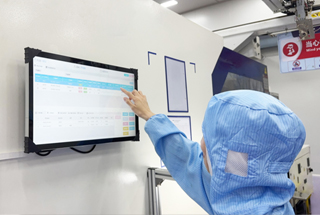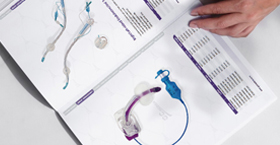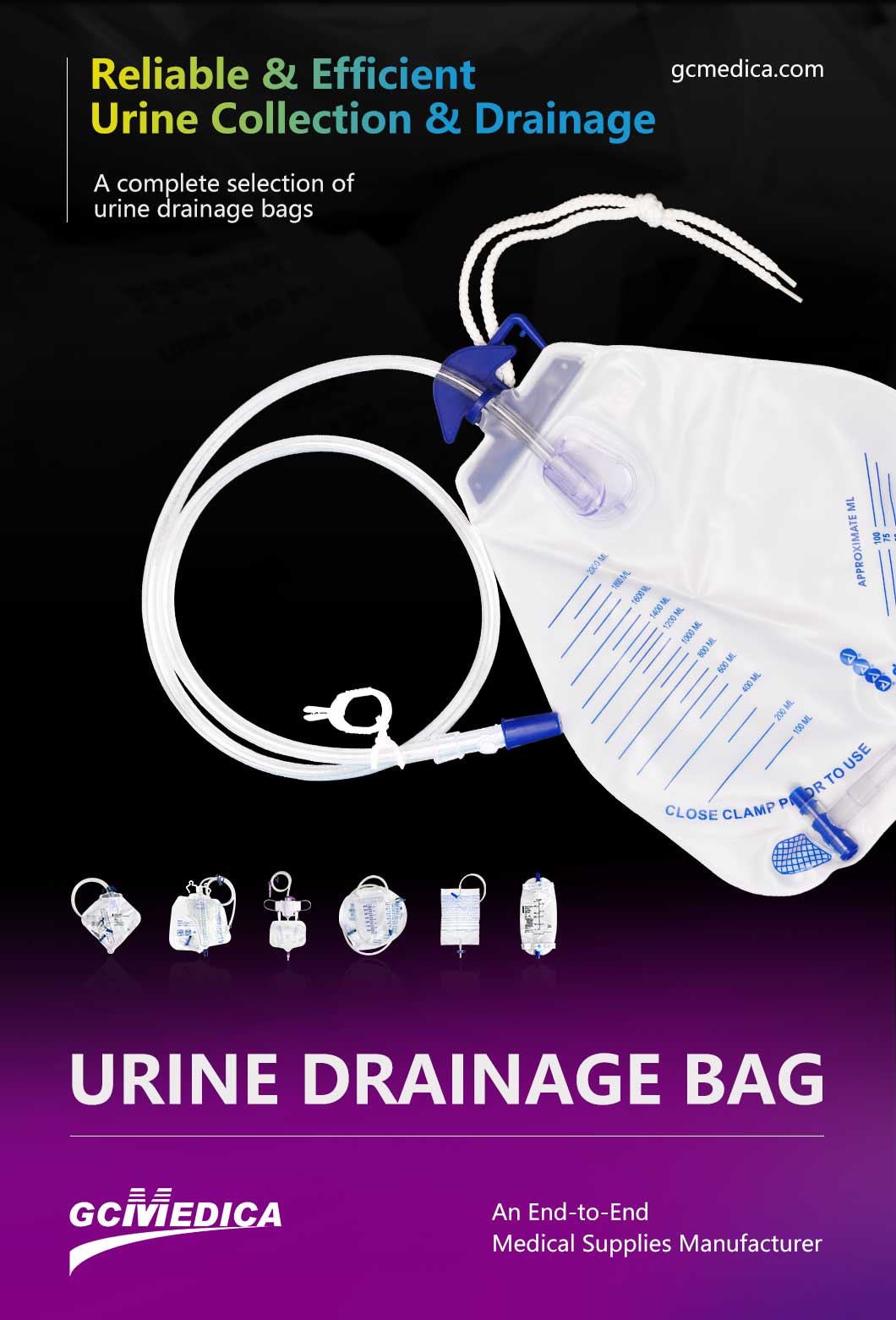Disposable Foley catheter bags are single-use, sterile urine collection systems designed for temporary catheterization, offering convenience, hygiene, and reduced infection risk. Made from medical-grade, leak-proof materials, these bags are pre-assembled with catheter connectors and drainage ports, eliminating the need for cleaning or maintenance. Ideal for short-term inpatient use, emergency settings, or home care on a temporary basis, disposable Foley bags support accurate urine measurement, safeguard against backflow, and minimize cross-contamination. Their lightweight construction and variety of capacities accommodate diverse clinical scenarios—from pediatric wards to intensive care units—ensuring patient comfort and caregiver efficiency.
Constructed primarily from polyvinyl chloride (PVC) or thermoplastic polyurethane (TPU), disposable Foley catheter bags incorporate clear, graduated markings for precise volume monitoring. Anti-reflux valves and one-way drainage taps prevent urine from re-entering the catheter, thereby reducing the incidence of catheter-associated urinary tract infections (CAUTIs). Many models feature integrated hanger holes or adhesive strips for secure attachment to bedside rails or patient gowns, while compact leg-bag variants allow ambulatory patients greater freedom of movement. Following use, the entire unit can be safely discarded in compliance with biohazard regulations, streamlining workflow and lowering sterilization costs.
Selecting the appropriate disposable Foley catheter bag involves evaluating factors such as expected urine output volume, patient mobility, and duration of catheterization. For children or patients with sensitive skin, smaller-capacity bags made of softer, hypoallergenic materials enhance comfort and reduce irritation. In contrast, high-capacity overnight bags are suited for extended monitoring without frequent changes, minimizing sleep disruptions. By matching product specifications to patient needs, healthcare providers can optimize both clinical outcomes and resource utilization.
Below is a comparison of five common types of disposable Foley catheter bags, highlighting their capacities, materials, and key features:
| Type | Typical Capacity | Material | Key Features | Recommended Use |
|---|---|---|---|---|
| Standard Disposable Bag | 1000–1500 mL | PVC | Graduated markings, drainage tap, hanger holes | General inpatient care |
| Disposable Leg Bag | 500–800 mL | TPU | Hook-and-loop straps, compact form, one-way valve | Ambulatory patients |
| Pediatric Disposable Bag | 250–500 mL | Soft PVC | Hypoallergenic, smaller size, gentle connectors | Pediatric and geriatric care |
| Overnight Collection Bag | 2000–3000 mL | PVC with TPU lining | Anti-reflux valve, floor-stand compatibility | Extended monitoring, ICU, night |
| Anti-Reflux Disposable Bag | 1000–2000 mL | TPU + silicone valve | Integrated non-return valve, easy-access drainage | High-risk CAUTI prevention |
By understanding the features and applications of disposable Foley catheter bags, clinicians can make informed selections that enhance patient safety, comfort, and the efficiency of urinary drainage management.
| Learn more about urine drainage bags > |


 Français
Français Español
Español Products
Products

 About Us
About Us












